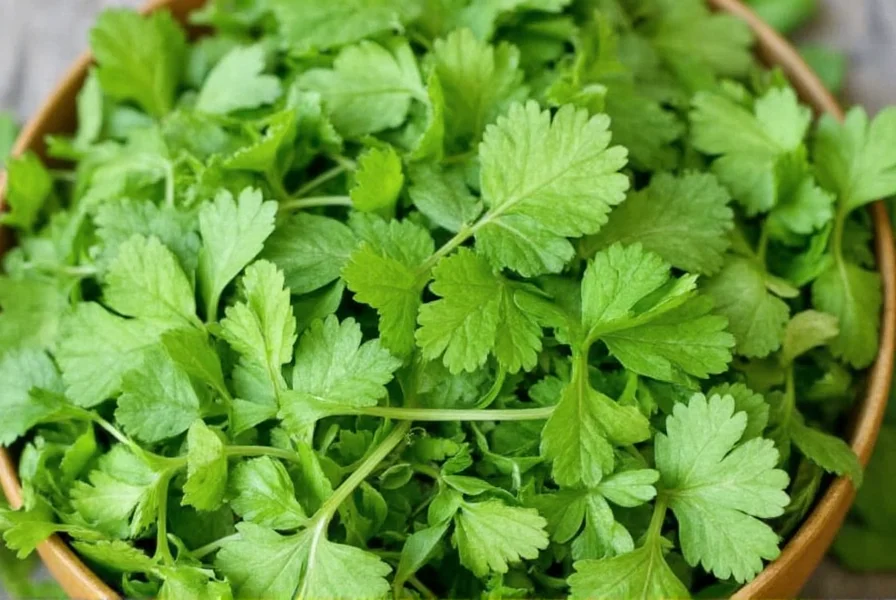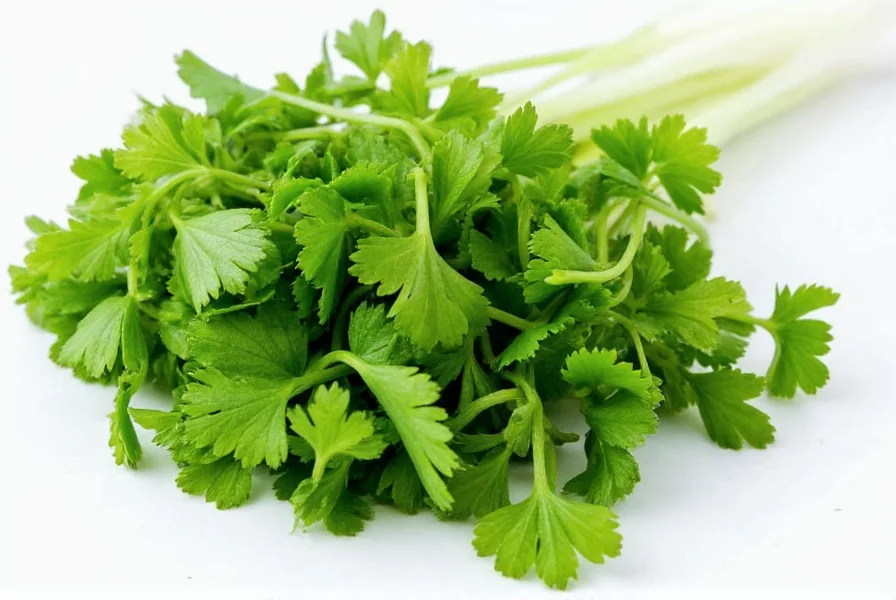Understanding the Spanish translation for coriander is essential for anyone navigating recipes, grocery shopping, or culinary conversations in Spanish-speaking regions. The terminology difference often causes confusion for language learners and cooking enthusiasts alike.
Regional Variations of Coriander in Spanish
The term cilantro dominates throughout Latin America, from Mexico to Argentina. When you ask for cilantro in these regions, you'll receive the fresh leaves of the coriander plant, which Americans typically call cilantro and Brits refer to as coriander.
In Spain, however, the term coriandro is more common, though cilantro is also understood due to Latin American cultural influence. This mirrors the English language divide where British English uses "coriander" for both the plant and seeds, while American English distinguishes between "cilantro" (leaves) and "coriander" (seeds).
| Region | Primary Term | Alternative Terms | Literally Translates To |
|---|---|---|---|
| Mexico, Central America, Caribbean, South America | Cilantro | None commonly used | Coriander (leaves) |
| Spain | Coriandro | Cilantro (increasingly common) | Coriander |
| Philippines (Spanish influence) | Dahon ng coriander | Cilantro | Coriander leaves |
Using Coriander Terms in Practical Contexts
When navigating Spanish-language recipes or markets, understanding these regional differences prevents confusion. Consider these practical examples:
If you're following a Mexican recipe that calls for cilantro, you're being asked to use the fresh leaves. In contrast, if a Spanish recipe mentions coriandro, it refers to the same ingredient. The seeds of the plant are called semillas de coriandro (seeds of coriander) throughout the Spanish-speaking world.

Common Mistakes to Avoid
Language learners often make these errors when discussing coriander in Spanish:
- Mistaking perejil (parsley) for cilantro - they look similar but have distinct flavors
- Using coriandro in Latin America where cilantro is expected
- Assuming the seeds have a different name than semillas de coriandro
When shopping in a Mexican mercado, asking for "¿Dónde está el cilantro?" will get you the fresh herb. In a Madrid supermarket, you'd ask for "¿Dónde está el coriandro?" though many stores now use cilantro due to globalization.
Pronunciation Guide
Proper pronunciation helps avoid confusion:
- Cilantro: seel-AHN-troh (Latin America) - the "c" sounds like "s" in Spanish
- Coriandro: koh-ree-AHN-droh (Spain) - the "c" sounds like "k"

Why the Regional Difference Exists
The linguistic divergence stems from historical influences. Spanish colonists brought the plant to the Americas, where indigenous populations already had similar herbs. The term cilantro evolved from the Spanish adaptation of the Greek word koris (bug), referencing the plant's distinctive scent.
When Spaniards returned to Europe, they maintained the more formal coriandro while Latin American usage simplified to cilantro. This mirrors how American English simplified many botanical terms compared to British English.
Practical Usage in Sentences
Here are examples of how to use these terms correctly:
- "Necesito cilantro fresco para hacer guacamole." (I need fresh cilantro to make guacamole.) - Used throughout Latin America
- "El coriandro es esencial en la cocina española." (Coriander is essential in Spanish cuisine.) - More common in Spain
- "¿Puedes añadir semillas de coriandro a la receta?" (Can you add coriander seeds to the recipe?) - Universal term for seeds
FAQ Section
What is the Spanish word for coriander leaves?
In most Latin American countries, coriander leaves are called cilantro. In Spain, they're typically referred to as coriandro, though cilantro is becoming more common due to cultural exchange.
Is cilantro the same as coriander in Spanish?
Yes, but with regional differences. In Latin America, cilantro refers specifically to the fresh leaves, while in Spain coriandro refers to the entire plant. The seeds are always called semillas de coriandro throughout the Spanish-speaking world.
How do I ask for coriander in a Mexican market?
In Mexico and most Latin American countries, simply ask for "cilantro". For example: "¿Cuánto cuesta el cilantro?" (How much does the cilantro cost?). Using coriandro might cause confusion as it's not commonly used in these regions.
Why do Spanish speakers use different terms for coriander?
The terminology difference reflects historical linguistic evolution. Spanish colonists brought the plant to the Americas where the term simplified to cilantro, while Spain maintained the more formal coriandro. This mirrors the British vs. American English distinction between coriander and cilantro.
What's the difference between cilantro and perejil in Spanish?
Cilantro is coriander leaves, while perejil is parsley. They look similar but have distinct flavors - cilantro has a citrusy, sometimes polarizing taste, while parsley is more neutral. Confusing them can significantly alter a dish's flavor profile.










 浙公网安备
33010002000092号
浙公网安备
33010002000092号 浙B2-20120091-4
浙B2-20120091-4